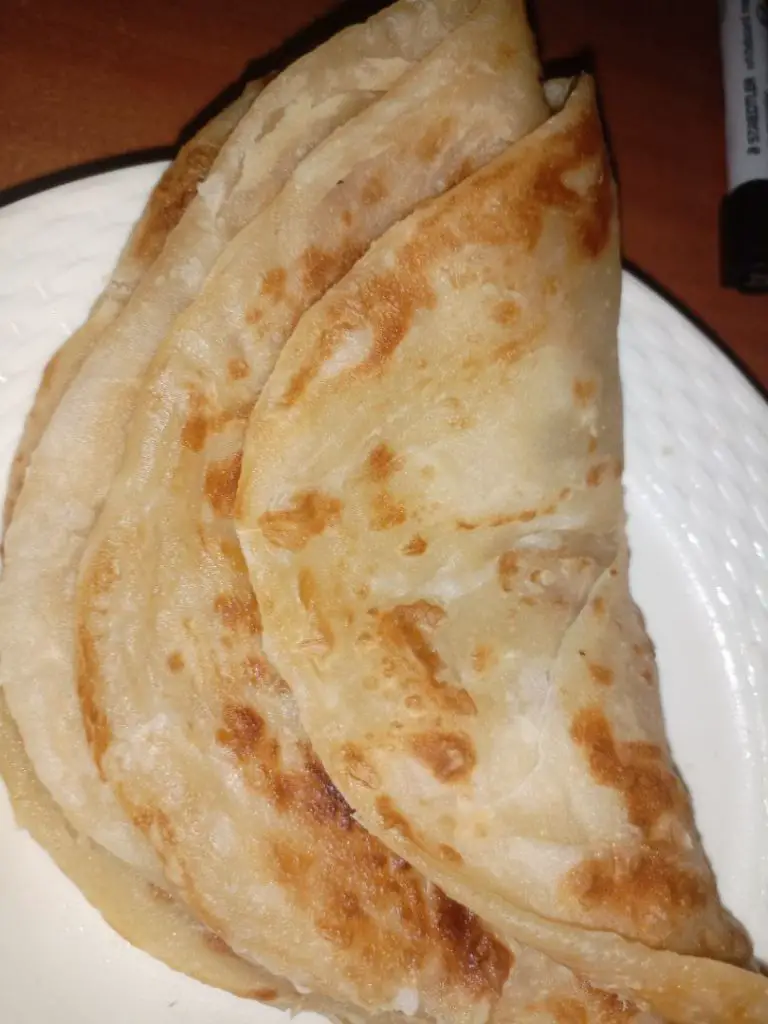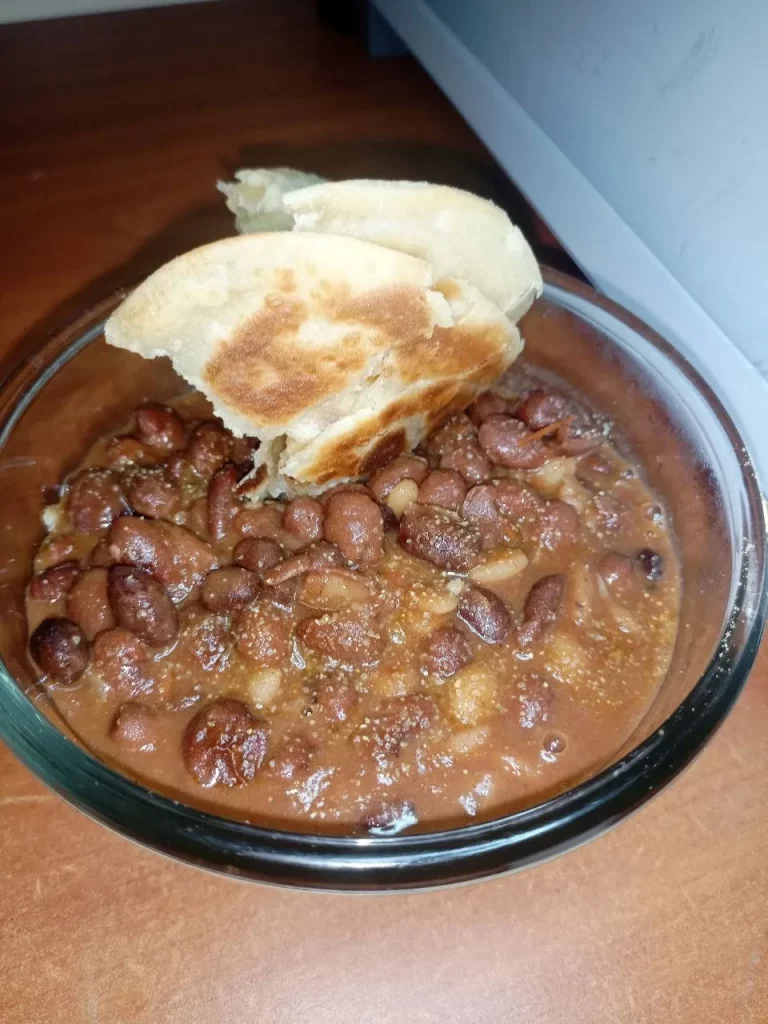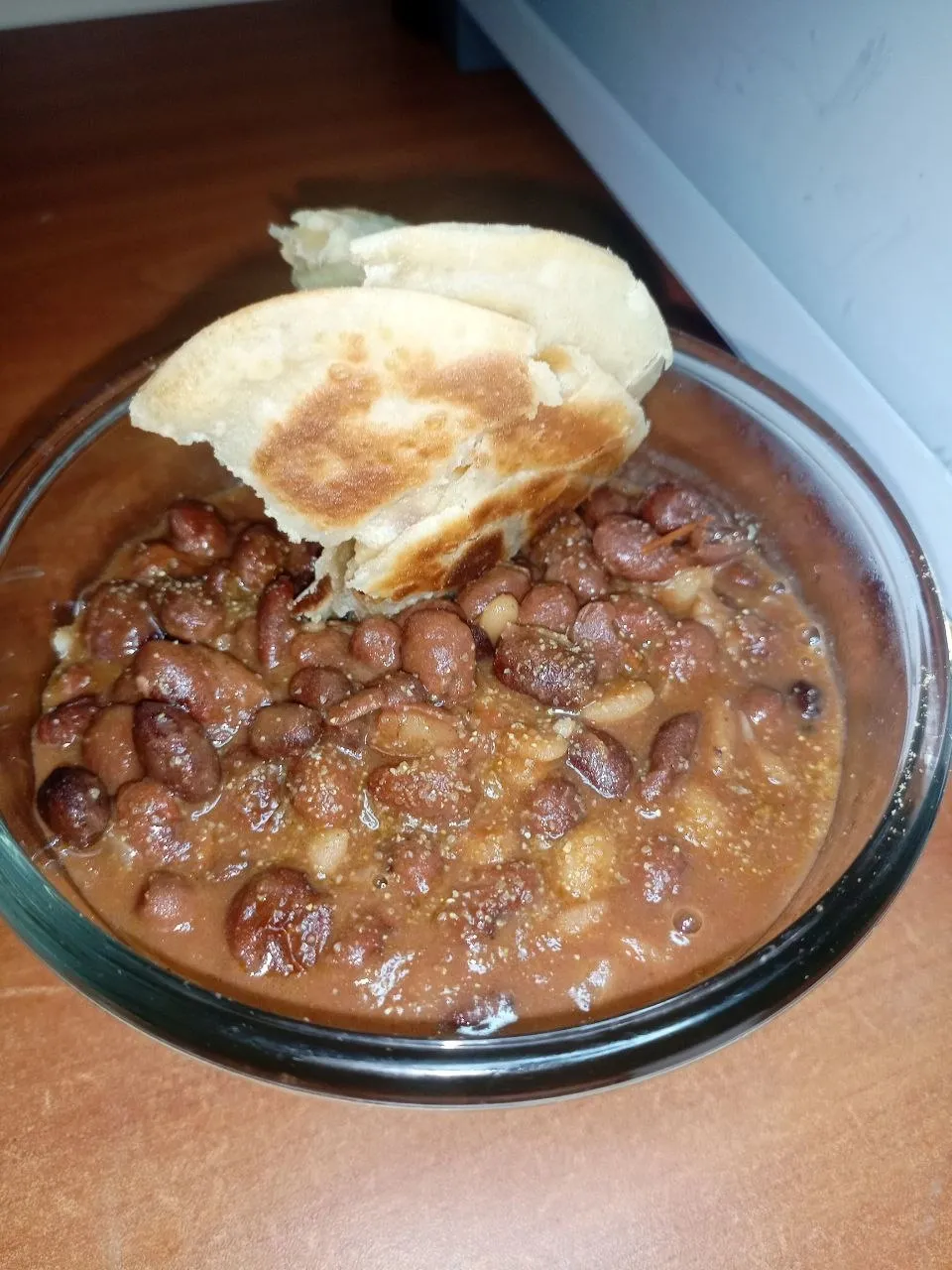Kenyan meals are probably the best way to get in touch with the locals. Discussed below are the meals for the ordinary Kenyans, what we all eat despite the social classes to help you get accustomed, and fit in like a glove!
Table of Contents
Breakfast (Kifungua Kinywa)

Kifungua Kinywa is the Swahili name for breakfast which translates directly to “mouth opener”
Breakfast is started off with a hot beverage and the popular choice in every household is Chai, which is a concentrated milk tea.
Chai is simply made by boiling equal parts of water and milk, then tea leaves added, boiled in, sugar added, and boiled too. Then the residue tea leaves are sieved off to serve this light brown beverage. Spice mixes such as tea masala may be optionally added to give the chai a kick.
Other options for the hot beverage include black tea, instant coffee, drip coffee, and uji ( a light viscous porridge). Uji is famous in upcountry areas as it is inexpensive to prepare and greatly filling.
Uji is made by flour and water, (especially sorghum or millet) and mixing till a thick paste is formed. The paste is then added to hot boiling water and stirred continuously till it starts thickening, sugar and fresh lemon juice are then added, and the mixture bubbles for minutes. Margarine and milk are optionally added to give the creaminess aspect. Uji is served hot as it solidifies further on cooling
These hot beverages need accompaniments to complete the breakfast meal. For chai, black tea, or any coffee, bread is the common ” escort”. Other options are mandazi/mahamri( a type of donut) and chapati, which is a flatbread made from wheat and resembles a tortilla
However, if you choose uji, it is so thick that it doesn’t go well with bread, mandazi, mahamri, or chapati. The best accompaniments for uji are boiled arrow roots and sweet potatoes which complete the fully organic breakfast.
Of course, there is Western influence and some middle-class households serve sausages, bacon, and eggs in addition or substitution to the classic Kenyan breakfast items.
Kenyan Meals for Lunch

Kenyan meals for lunch are light as heavy meals are frowned upon; since they take more energy to digest, they will make you tired and sleepy in the afternoon instead of being productive. Rice and beans a popular options that are combined with different foods to offer multiple combos
Chapati & Beans: Yes the same chapati from the breakfast section, it is just a multi-purpose bread. This combination of chapati with beans is so common that it is almost the default meal at any food stall in Nairobi. It is loved by campus students and 9 to 5 workers as it is flavorful, inexpensive, and filling.
Pilau: Pilau is a flavorful and aromatic rice dish made by steaming cooked meat pieces with the rice, all cooked with beef broth and spices till it dries out. The rice turns out with a brown color and the meat pieces are soft and fall off the bone. It is served with a tomato onion salad on the side and optionally beef soup. Pilau is also sold in food stalls but it costs almost twice as the other items
Rice & Beans, Green Grams, or Lentils: This dish consists of plain steamed white rice served with any of the mentioned legume stews. The soup from the stew soaks up the rice giving it the flavor profile, while the legume chosen accompanies the soaked rice
Rice can either be served with beans( maharagrwe), green grams(ndengu), lentils(kamande), and so on, there is no limit even green peas does it.
Githeri: Githeri is plain maize and beans that are boiled together till soft, then stewed with tomatoes and onions. Goes great with avocado slices and beef pieces optionally. Githeri is the default lunch meal in most average Kenyan schools as it is cheap and relatively easy to prepare. It however takes hours to cook to completion.
Kenyan Meals for Supper

Unlike meals for lunch which are light, Kenyan supper meals are heavy and more filling, so they keep you till breakfast for the next 12 hours. Ugali is the national dish and the notable one that we Kenyans, don’t seem to get enough of. Ugali is essentially a stiff maize porridge that is used to accompany vegetables, stews, and meats as it is starchy and filling too.
Ugali and Sukuma Wiki is the most common combination here. Sukuma Wiki are Collard Greens, they are inexpensive here and pair really well with ugali. Eggs can be added on the side to make the entire dish a balanced diet on a budget. Sukuma Wiki translates from Swahili as “Push the week” as it is the cheapest vegetable that stretches the limited food budget to fit the entire week.
Or you can choose to skip sukuma wiki and just go ugali with eggs. The eggs are cooked with tomatoes and are flavorful and juicy, a kind of egg stew.
To learn how to prepare ugali stepwise: Recipe: Authentic Kenyan Ugali Step by Step
Explore the entirety of Kenyan cuisine here: blog category: Kenyan Cuisine
Recommended Links
Check this link for more details and leads to recipes of individual dishes 17 Popular Food Dishes in Kenya: Mega Compilation




